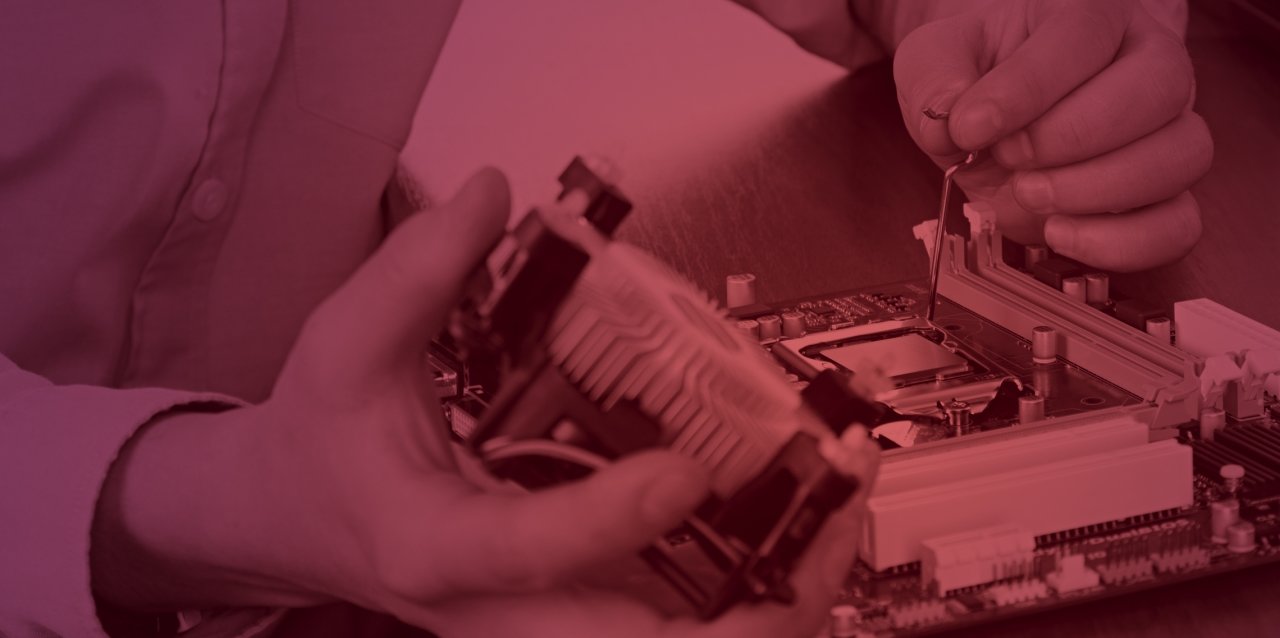LiveSense

Background
An hybrid cell-based monitoring system has the potential to give a simple response to the ‘global’ pollution or contamination levels. This capacity to act as a general warning or alarm system for the health of an epitope is in strong contrast - and complementary – to the chemical analysis approach in which a huge battery of analytical methods is applied to determine the individual concentrations of a wide range of different chemical contaminants.
Goals
The objective of this project is centered around the realization of a complete autonomous microsystem that would include: (1) a cell culture microbioreactor, (2) a number of secondary sensors to measure cell response and monitor the microbioreactor process, (3) a signal processing control unit and (4) a wireless communication unit to link the microsystem to a sensor network.
Method and experimental stratgies
We will base our research on known cell models selected in two cell types. First, bacteria will be used because there is already a wide experience on bacterial bioreporters and they are relatively easy to culture. The scientific challenges here will be in making a microbioreactor that allows continuous cell growth and a supply of active cells. Next challenge will be to design a reaction compartment to generate optimal response of the cells to the target analyte. Secondly, eukaryotic cells will be considered because their metabolic response to the toxicological reaction pathways in human and possibly more relevant to health-effect interpretations. Major scientific challenges in this part will be the loading and culturing of eukaryotic cells a lab-on-chip environment by using, for example, 3D gels supports, to monitor their behaviour and finally to design appropriate probes and secondary sensors for real time monitoring of their response.
Expected impact
Our project opens up new perspectives for future deployment in environmental monitoring sensor networks. In the short term, the sensing platform will be available for other physical or chemical microsensors for use as a hand-held or networked analytical instrument (e.g. food analysis, personalized health, gas monitoring). In the longer term, cell-based sensing is a technology which develop together with the progress of genetic engineering and microtechnology. By engineering cells expressing suitable recognition complexes and appropriate transduction mechanism, it will be possible to detect viruses and bacteria. This make it one of the most promising technology for deployment of sensors networks for real time monitoring expansion of pathogenic vectors such as, for example, the spread of airborne viruses (e.g. H5N1 avian influenza) or bacterial pathogens in water (e.g. Legionella pneumophila).
